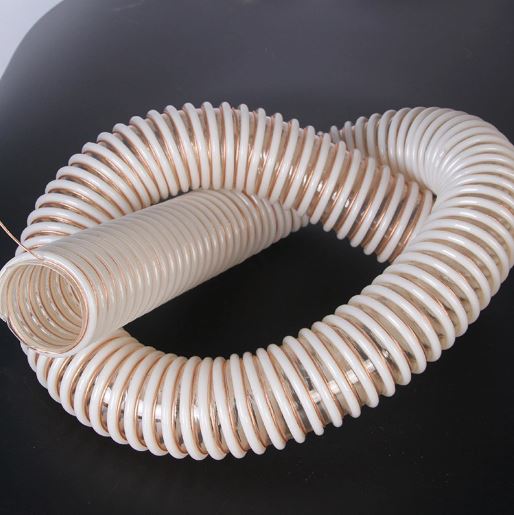A Comprehensive Guide to Steel and PVC Pipe Applications and Advantages
The Versatility of Steel and PVC Pipes A Comprehensive Overview
In the world of piping systems, steel and PVC (polyvinyl chloride) pipes are two of the most widely used materials, each possessing unique properties that make them ideal for specific applications. Understanding the advantages and limitations of both steel and PVC pipes is crucial for engineers, contractors, and DIY enthusiasts alike, as it can significantly impact the efficiency, safety, and overall success of any project.
Steel Pipes Strength and Durability
Steel pipes have long been celebrated for their strength and durability. Composed primarily of iron and carbon, steel pipes can withstand high levels of pressure and are highly resistant to impact. This makes them an excellent choice for transporting liquids and gases in various industries, including oil, gas, and water supply. The robustness of steel also lends itself well to heavy-duty applications, such as construction and infrastructure projects.
One of the key features of steel pipes is their ability to resist extreme temperatures. They can be used in both high-temperature and low-temperature environments without compromising structural integrity. Furthermore, steel pipes are often galvanized or coated with protective materials to enhance their resistance to corrosion, making them suitable for environments prone to moisture and chemical exposure.
However, it is important to recognize that steel pipes can be heavy and require specialized equipment for installation. They are also more expensive than some alternatives, such as PVC, particularly when considering the additional costs associated with protective coatings and installation labor.
PVC Pipes Lightweight and Cost-Effective
On the other hand, PVC pipes offer distinct advantages that make them a popular choice in numerous applications. The lightweight nature of PVC makes it easy to handle and install, reducing labor costs and installation time. Additionally, PVC is non-corrosive, which means it will not rust or corrode over time, making it a long-lasting option for many piping needs.
steel pvc pipe

One of the most significant benefits of using PVC pipes is their cost-effectiveness. Compared to steel pipes, PVC is generally less expensive to manufacture and purchase. This affordability makes it an attractive option for residential plumbing projects, drainage systems, and irrigation applications. Moreover, PVC pipes are resistant to chemical damage, making them suitable for various applications in the chemical industry.
However, it is essential to acknowledge that PVC pipes do have limitations. They are not as robust as steel pipes and can be prone to damage from physical impact or extreme temperatures. Additionally, while PVC can handle relatively high pressures, it may not be suitable for all high-pressure applications, especially those involving hot water or steam.
Choosing the Right Pipe for Your Project
When deciding between steel and PVC pipes, several factors come into play, including the specific requirements of the project, budget constraints, and environmental considerations. For projects requiring high strength and temperature resistance, such as in industrial applications, steel pipes are often the best choice. Conversely, for residential installations, drainage systems, or other projects where cost and ease of installation are paramount, PVC pipes may be the more practical option.
In some cases, a combination of both materials might be employed to take advantage of each material's strengths. For example, steel pipes can be used in the main supply lines, while PVC pipes can be utilized in branch lines or less critical systems to save on costs.
Conclusion
In conclusion, both steel and PVC pipes have their merits and limitations, making them suitable for different applications based on the specific needs of a project. Steel pipes are known for their strength and durability, making them ideal for high-pressure and high-temperature environments, while PVC pipes offer lightweight, cost-effective solutions for plumbing and drainage systems. Ultimately, the choice between these two materials should be guided by a thorough understanding of the project requirements, budgetary constraints, and the environmental conditions in which the pipes will be used. By carefully assessing these factors, one can make an informed decision that ensures the durability and efficiency of the piping system employed.
-
Top Quality Oxy Acetylene Hoses for Sale Fit for Welding DemandsNewsJul.28,2025
-
The Future of Pneumatic Air Tubes in IndustryNewsJul.28,2025
-
Superior and Reliable LPG Hose Pipe Solutions for Every NeedNewsJul.28,2025
-
Exceptionally Durable and Versatile Premium Braided PVC TubingNewsJul.28,2025
-
Best Adapters for Connecting Garden Hose to PVC Pipe ConnectionsNewsJul.28,2025
-
The Essential Role of LPG Hoses in Safe and Efficient Gas DistributionNewsJul.16,2025














